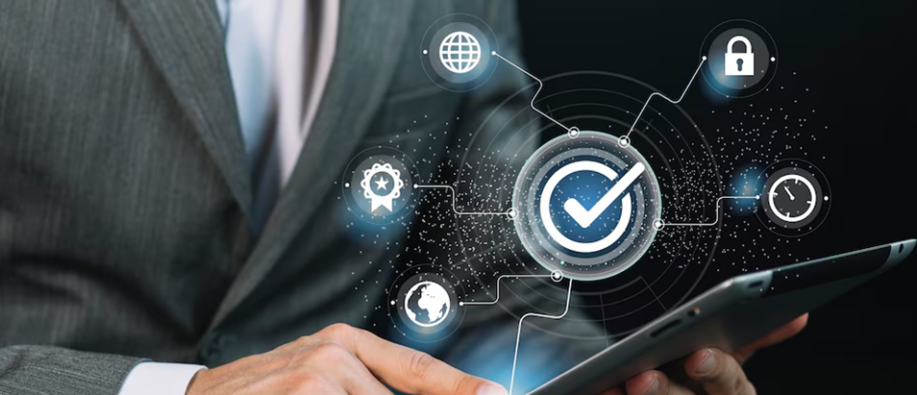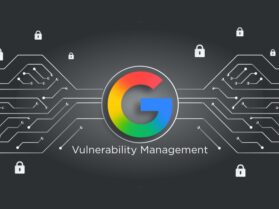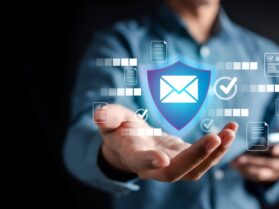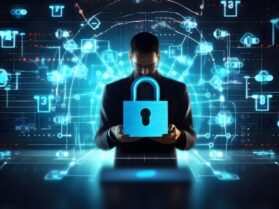In an era where digital privacy is paramount, End-to-End Encryption (E2EE) stands as a robust solution for securing communication. This technology ensures that messages, calls, and data exchanges are accessible only to the communicating users, effectively keeping prying eyes at bay. But how exactly does E2EE work, and why is it so crucial in today’s interconnected world? Let’s look.
What is E2EE?
End-to-End Encryption is a method of data protection where information is encrypted on the sender’s device and only decrypted on the recipient’s device. This means that during transmission, data remains encrypted and unintelligible to unauthorized parties, including service providers, hackers, and governments. E2EE is widely used in messaging apps, email services, and data storage solutions to maintain the confidentiality and integrity of sensitive information.
The Mechanics of End-to-End Encryption
E2EE employs cryptographic keys that are created and stored only on the communicating devices. When a message is sent, it is encrypted using a public key associated with the recipient. This encrypted message can only be decrypted by the recipient’s private key, which is never shared. Even if an attacker intercepts the communication, they cannot read the message without access to the private key.
This cryptographic approach ensures that only the intended recipient can access the content, making E2EE an effective safeguard against eavesdropping and unauthorized access.
Why is End-to-End Encryption Essential for Secure Communication?
Protecting Privacy
E2EE ensures that personal and sensitive information remains private. Whether it's personal conversations, financial data, or medical records, E2EE keeps the data secure from unauthorized access, providing peace of mind to users.
Preventing Data Breaches
Data breaches are a growing concern for individuals and organizations alike. By using E2EE technology, even if data is intercepted during transmission, it remains unreadable to the attacker. This level of security is crucial for preventing data breaches and safeguarding sensitive information.
Compliance with Regulations
Many industries are governed by strict data protection regulations. E2EE helps organizations comply with these regulations by ensuring that sensitive data is securely transmitted and stored. This not only protects the organization from legal repercussions but also builds trust with clients and customers.
Securing Communication Channels
In a world where cyber threats are increasingly sophisticated, securing communication channels is essential. E2EE protects communication channels such as messaging apps, video calls, and emails from being intercepted or tampered with, ensuring that the information exchanged remains confidential and authentic.
Let’s glance at some of the Frequently Asked Questions:
1. What is E2EE?
E2EE is a method of securing communication where data is encrypted on the sender’s device and only decrypted on the recipient’s device. This ensures that the data remains protected during transmission and is accessible only to the intended recipient.
2. How does E2EE work?
E2EE works by using cryptographic keys that are unique to each communication session. The sender encrypts the data using the recipient’s public key, and the recipient decrypts it using their private key. This process ensures that only the intended recipient can access the content of the communication.
3. Why is End-to-End Encryption important?
E2EE is important because it protects the privacy and security of digital communication. It prevents unauthorized access to sensitive information, helps organizations comply with data protection regulations, and secures communication channels from cyber threats.
Conclusion:
End-to-End Encryption plays a crucial role in safeguarding digital communication in today’s increasingly connected world. By ensuring that data is encrypted on the sender’s device and only decrypted on the recipient’s device, E2EE provides a robust defense against unauthorized access and cyber threats. Whether it’s protecting personal privacy, preventing data breaches, or securing communication channels, E2EE is an essential tool for maintaining the integrity and confidentiality of digital communication. As cyber threats continue to evolve, the importance of implementing strong encryption measures like E2EE cannot be overstated.
Also Read:





